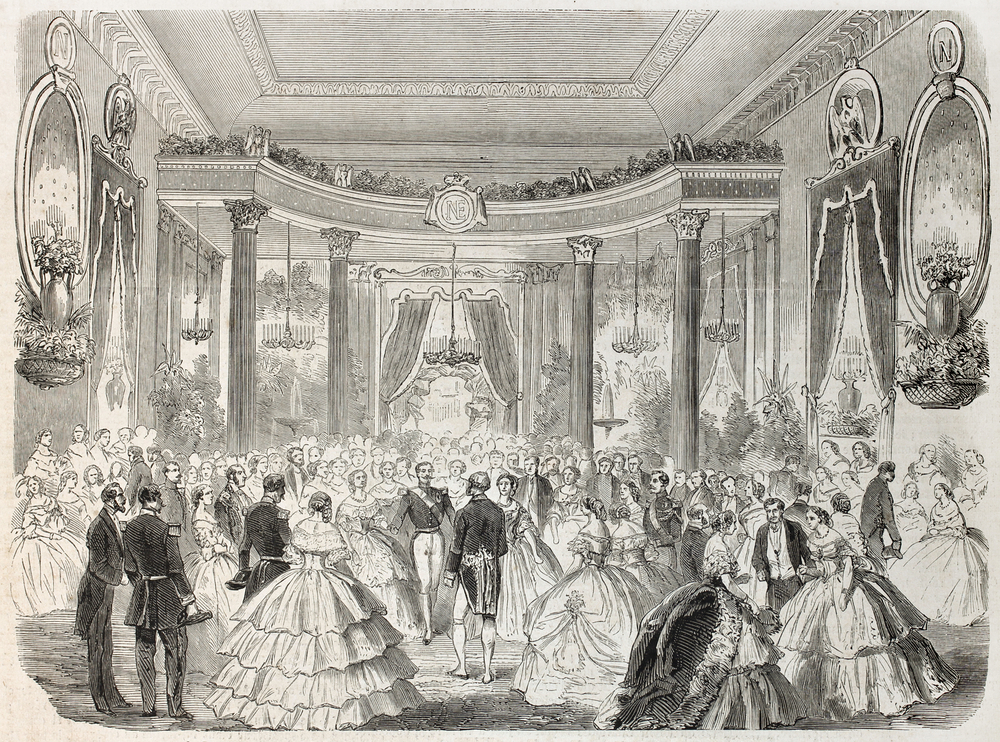Dance is an art form that has existed for centuries, spanning cultures and continents. It is a universal language that can express emotions, tell stories, and bring people together. The history of dance is a fascinating journey through time, tracing the evolution of this art form from its earliest origins to the present day.
The origins of dance can be traced back to prehistoric times when humans first began to use movement to express themselves. Archaeological evidence suggests that dance was an important part of early religious and cultural ceremonies, often accompanied by music and elaborate costumes. These early dances were often based on natural movements such as jumping, hopping, and spinning, and were performed in a circle or in a line.

As human civilization developed, so did the art of dance. In ancient Greece, dance was an integral part of religious rituals, and was often performed in honor of the gods. Greek dance was highly stylized, with dancers wearing masks and elaborate costumes that depicted mythological characters. This tradition was carried on in the Roman Empire, where dance was also used for entertainment purposes, including gladiatorial shows.
In the Middle Ages, dance became an important part of court life, with elaborate ballroom dances being performed by nobility. The Renaissance saw a resurgence of interest in dance, with new styles and forms emerging throughout Europe. One of the most famous Renaissance dances was the pavane, a slow, stately dance that was popular at court.
In the 19th century, ballet emerged as a highly stylized form of dance that combined elements of classical and folk dance. Ballet became popular throughout Europe and Russia, with famous dancers such as Anna Pavlova and Rudolf Nureyev becoming household names. At the same time, other forms of dance such as tap, jazz, and modern dance began to emerge, each with its own unique style and technique.
In the 20th century, dance continued to evolve and expand, with new forms and styles emerging around the world. The 1920s saw the rise of social dances such as the Charleston and the Lindy Hop, while the 1950s saw the birth of rock and roll and the emergence of new dance styles such as the twist and the jitterbug. The 1970s saw the rise of disco and the popularity of dances such as the hustle and the electric slide.
Today, dance continues to be an important part of popular culture, with new forms and styles constantly emerging. From hip-hop and breakdancing to contemporary and fusion dance, there is a wide variety of dance styles to choose from. Dance is also used as a form of therapy, helping people to express themselves and improve their physical and mental wellbeing.
In conclusion, the history of dance is a rich and fascinating journey through time, tracing the evolution of this art form from its earliest origins to the present day. From the simple movements of prehistoric man to the highly stylized forms of ballet and modern dance, dance has always been an important part of human culture and expression. Today, dance continues to evolve and expand, inspiring and entertaining people around the world.
Advertisement:
- Description|Table of Contents|Author|Ancillaries|Excerpts
- Kassing, Gayle (Author)
- Dunkin, Anne (Author)
- English (Publication Language)
- Hardcover Book
- Kassing, Gayle (Author)
I get commissions for purchases made through links on this website. As an Amazon Associate I earn from qualifying purchases.



